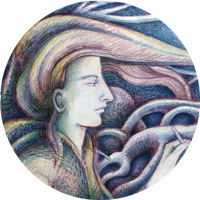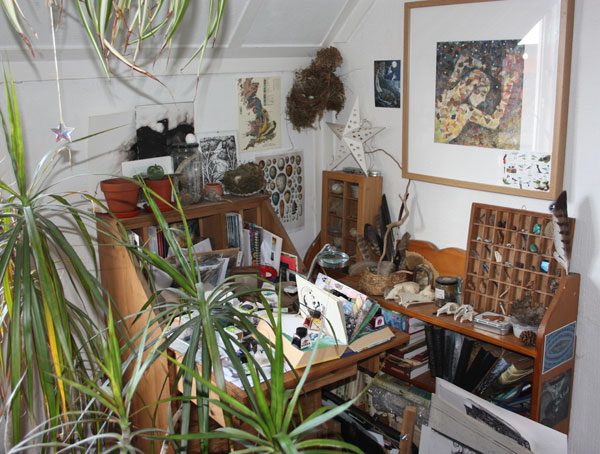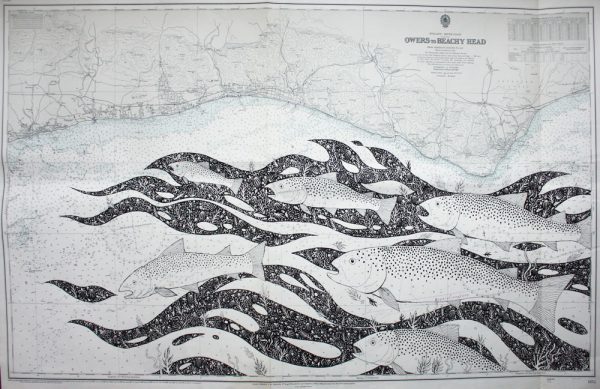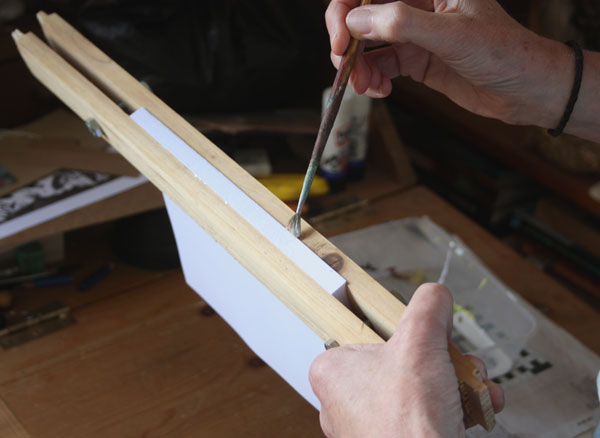At the end of last year, I was invited to create some altered books for an exhibition at Groundwork Gallery in King’s Lynn, Norfolk. The exhibition is called, Bugs: Beauty and danger and features some international artists including Nicola Bealing, Arno van Berge Henegouwen, Jeroen Eisinga and Sarah Gillespie. The exhibition “celebrates the beauty and power of insects at a time of increasing threat to many common species…”
Indeed, insects are declining at an alarming rate, especially bees, butterflies, moths, dragonflies and damselflies (see this article).
I have become increasingy interested in insects since I saw so many in France a couple of years ago. But, I was interested in them before that, especially butterflies, having done surveys at Castle Hill Nature Reserve and other places over the years. I have also liked seeing insects in the art of artist Irene Hardwicke Olivieri.

My small contribution to the exhibition is three altered books – Insect Meadow, The Butterfly Tree and one featuring a tree covered in ivy and the insects and other wildlife associated with ivy.
Here is Insect Meadow:

I decided to work in colour for the next couple of books because I think it’s more effective. For The Butterfly Tree I was inspired by Monarch butterflies. Some species of Monarch migrate between North America and Central Mexico, where they overwinter. Trees and vegetation become completely covered with orange wings – it’s a sight I would love to see. However, the bioreserve where they overwinter is under threat from illegal logging and the deterioration of the habitat. Recently two reserve workers were murdered for reasons that remain a mystery and there is fear in the region, both for the people and the fate of the butterfly. (See this interesting article.)
I decided to create this altered book a little differently from my others, by leaving the underlying pages as pages of text. I’ve also added butterfly wings that reach beyond the edges of the book, giving the impression that they’re bursting out:

I’ll write about the third altered book in my next blog post.






















































